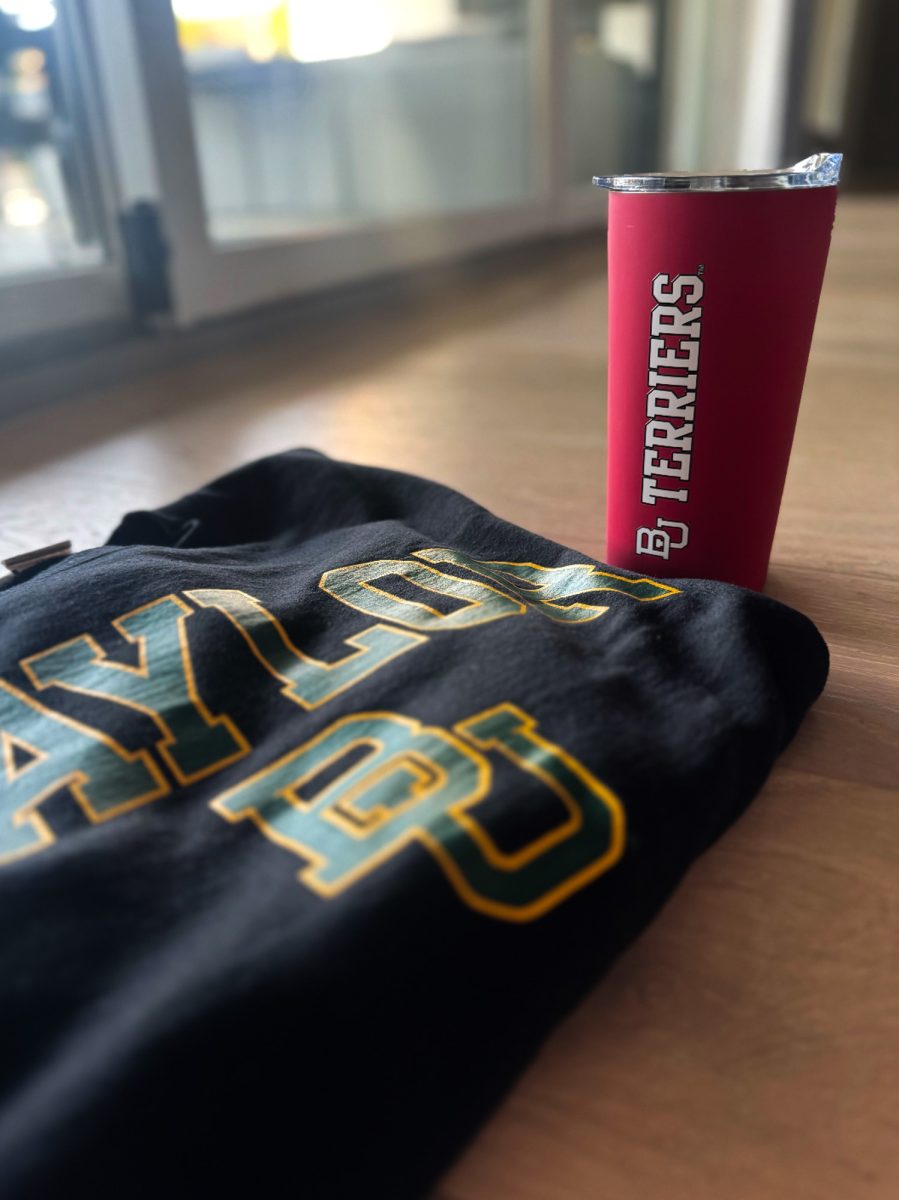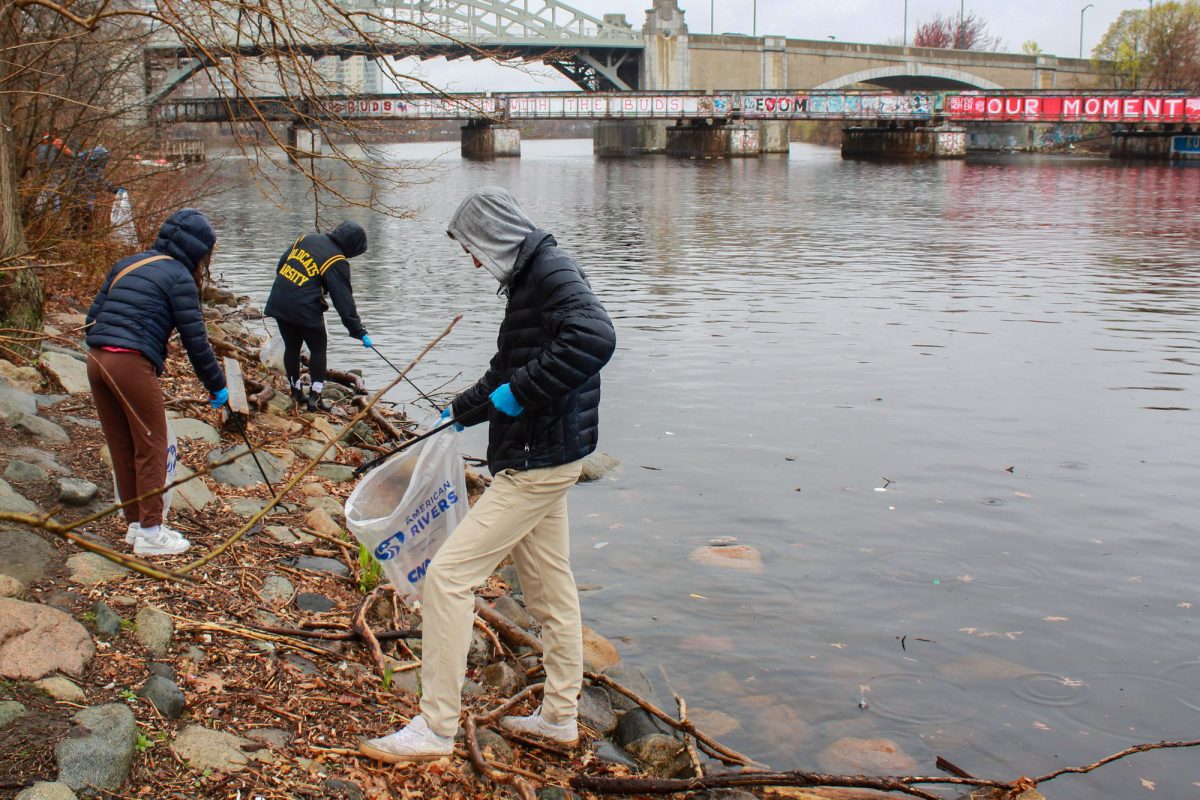We have all been told plenty of times: Smoking is hazardous for your health. Ever since D.A.R.E. came to our elementary school classrooms, people of this generation have been exposed to a wealth of information about the dangerous effects of tobacco products, especially cigarettes.
Teachers, doctors and advertising campaigns have made us aware that even being exposed to the secondhand smoke from a burning tobacco could be deadly. But that may not be the extent of the danger: New research indicates that even the remnants of tobacco smoke left on furniture and clothing can be dangerous.
Dr. Manuela Martins-Green, a professor of cell biology at University of California-Riverside, found in a recent study that cigarette smoke toxins left on surfaces can affect asthma, liver functions, wound healing and attentiveness. Her results were published Wednesday in PLOS One.
“Third-hand smoke is the accumulation of secondhand smoke chemicals on surfaces like curtains, carpets, upholstery, furniture, clothing, hair and everything in cars,” she explained.
Secondhand smoke increases the risk of lung cancer among nonsmokers by 20 to 30 percent and causes about 3,400 lung cancer deaths in adult nonsmokers per year, according to figures from the Centers for Disease Control and Prevention. It is especially dangerous to children.
The Age Factor
Martins-Green said what makes third-hand smoke dangerous is not just that it is present for some time after being deposited, but that the toxins become problematic as they decay.
“These chemicals are more dangerous than secondhand smoke because they age and when they age, they have reactions with the environment and they make more dangerous chemicals,” she said. “They get more toxic over a prolonged period of time.”
Take nicotine, for example. Scientists have long known that nicotine contained in tobacco is an addictive substance, but it is not as responsible for causing cancer or other illnesses as some of the other dangerous substances in cigarettes.
Over time, however, the nicotine molecules deposited by secondhand smoke change and are then able to cause cancer.
“It [nicotine] is very sticky on surfaces,” Martins-Green said. “If people have gas stoves, for example, the burning of the gas causes nicotine to break down into components that now are carcinogenic … These chemicals have been shown to cause damage in the DNA.”

A graph comparing the activity levels of normal control mice to mice exposed to third-hand smoke (THS). The THS mice spent about three times as much time walking as did the control mice, and similarly spent around one-fifth the amount of time stationary or at rest. This indicates that THS exposure causes hyperactivity in the mice.
The Process
In her study, Martins-Green placed mice in a normally ventilated habitat containing curtains and upholstery that had been exposed to cigarette smoke in order to mimic human exposure to third-hand smoke. After six months, researchers examined the mice and compared them to a control sample to determine if any ill health effects could be seen.
“What we saw is that even with these small types of exposure, the lung already had a lot of inflammation and a lot of collagen deposition, which means fibrosis,” she said. “Fibrosis destroys the tissue of the lung. This could have consequences in asthma, for example, in children.”
She also said the mice’s livers were negatively affected.
“The liver detoxifies the body, so the toxins of the smoke are presumably detoxified by the liver,” she said. “If the liver doesn’t work well, the whole body is exposed to these toxins, including the brain.”
They found that mice that were exposed to third-hand smoke had about 2.5 times the amount of lipids, or fatty acid materials, in their livers. Such a rapid increase indicates non-alcoholic fatty liver disease, which can cause fibrosis, cirrhosis and cancer in humans over time, according to the study.
“When that accumulates, the cells of the liver don’t function well,” Martins-Green said. “That means it is not detoxifying our body well.”
In addition, wound healing was slowed in mice exposed to smoke-related toxins.
“We know that surgeons don’t operate on smokers unless it is an emergency,” she said. “… These are sources of infection that could cause a lot of problems and could cause a lot of scars, too. If you operate on the skin, that scar is not such a terrible thing unless it is on the face, maybe, but if you operate on the heart and on the liver, those scars will form the same way.”
Finally, Martins-Green said mice exposed to third-hand smoke seemed more hyperactive and anxious. Researchers performed a series of tests and found that the exposed mice spent about twice as much time moving than did the control mice.
Where Are Risky Areas?
While smoking in restaurants has largely been eradicated, third-hand smoke still poses a risk in bars, hotels and offices where smoking had been allowed previously in addition to homes where smokers live, Martins-Green said. It is especially dangerous in multi-unit houses with a single airflow.
“Even if they clean and they put all kinds of air sprays — which are bad for your lungs, by the way — they still don’t remove things [toxins],” she said. “You need very strong acids to remove these things, and in the wallboards it is virtually impossible.”
Children are especially at risk of secondhand smoke when a parent smokes in the home. Between 150,000 and 300,000 new cases of bronchitis and pneumonia are caused every year in children aged 18 months or younger, according to the CDC. However, Martins-Green said there is still a risk if parents smoke even while the kids are out.
But should you be worried here at Boston University? Granted, no area is entirely safe from third-hand smoke, but given that smoking is banned indoors on all parts of campus, the risks are significantly less than in hotels, bars or smokers’ off-campus homes.
BU spokesman Colin Riley said smoking had been allowed on campus many years ago, but that “the vast majority of furniture and curtains” have been installed since 1990 and are therefore free of cigarette smoke deposits.
Where students can be careful, then, is with their clothing, as toxins could find their way inside on jackets and shirts of smokers.
Next Steps
What next? Martins-Green said she intends to perform further studies to determine biomarkers of harm in mice exposed to third-hand smoke. In other words, she will look at the mice for a sign of toxic exposure, and once this sign is determined, at-risk humans can be tested as well.
“We will select some that we think would be good markers to test in humans to see if they have been exposed to third-hand smoke and if they might already be on the path to disease,” she said. “… We then decide what is appropriate biomarkers are to test in humans just by testing blood and urine.”
So, remember to be careful where you choose to smoke that next cigarette. You could be affecting people far more than you think.





























































































































Facts • Feb 5, 2014 at 8:19 am
For a debunking of this latest agenda-driven, trash “study” on “thirdhand smoke”, see
http://tobaccoanalysis.blogspot.com.au/2014/02/anti-smoking-researchers-claim-that.html